10 deadliest pandemics in human history
Pandemics are global outbreaks of disease that can infect millions of people and cause death and destruction on a massive scale. This article lists the 10 deadliest pandemics in human history, with dates and years, and provides additional details about each pandemic.
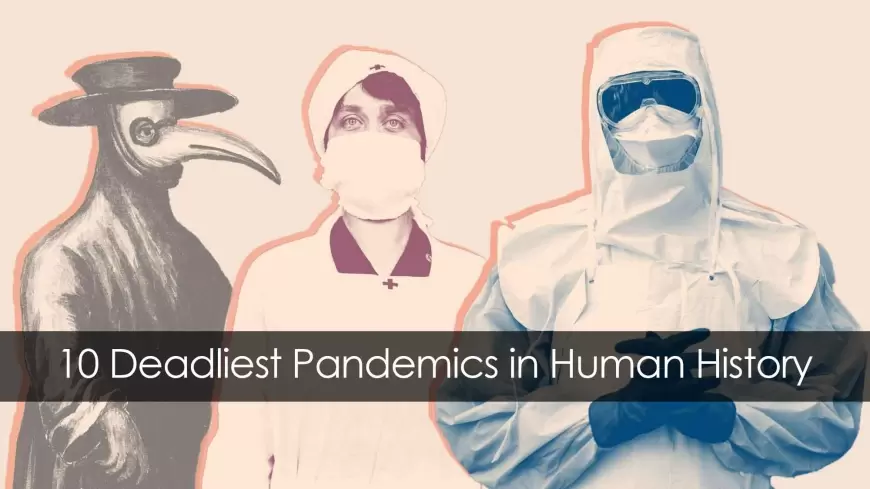
Pandemics are global outbreaks of disease that can infect millions of people and cause death and destruction on a massive scale. Throughout history, pandemics have had a profound impact on human societies, shaping culture, politics, and religion.
Here is a list of the 10 deadliest pandemics in human history, based on estimated death tolls:
- Plague of Justinian (541-549 AD) - 30-50 million deaths
- Black Death (1346-1353 AD) - 75-200 million deaths
- Cocoliztli (1545-1548) - 5-8 million deaths
- New World smallpox (1520-1600s) - 25-56 million deaths
- Great Plague of London (1665-1666) - 100,000 deaths
- Great Plague of Marseille (1720-1723) - 100,000 deaths
- Russian plague (1770-1772) - 1 million deaths
- 1918 flu pandemic (1918-1920) - 50-100 million deaths
- Asian flu pandemic (1957-1958) - 1-4 million deaths
- HIV/AIDS pandemic (1981-present) - 27.2-47.8 million deaths
It is important to note that these death tolls are estimates, and there is some uncertainty about the exact number of people who died from each pandemic. However, it is clear that pandemics have a devastating impact on human life.
Here are some additional details about each pandemic:
1. Plague of Justinian

The Plague of Justinian was the first major outbreak of bubonic plague in recorded history. It is believed to have originated in Central Asia and spread to Europe and North Africa. The plague killed millions of people and had a profound impact on the Roman Empire.
2. Black Death
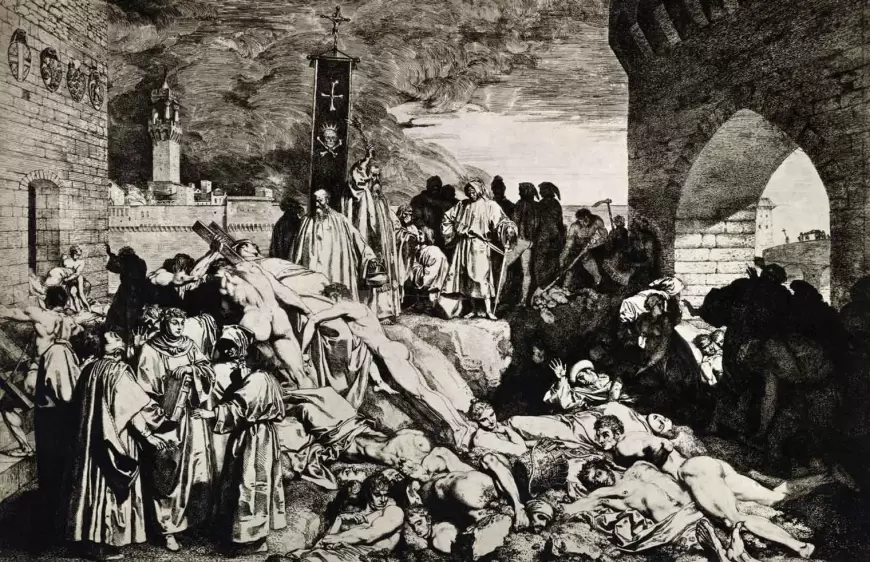
The Black Death was the deadliest pandemic in human history. It is estimated to have killed 75-200 million people, or about 30-50% of the European population. The plague caused widespread economic and social disruption, and it led to significant changes in European society.
3. Cocoliztli
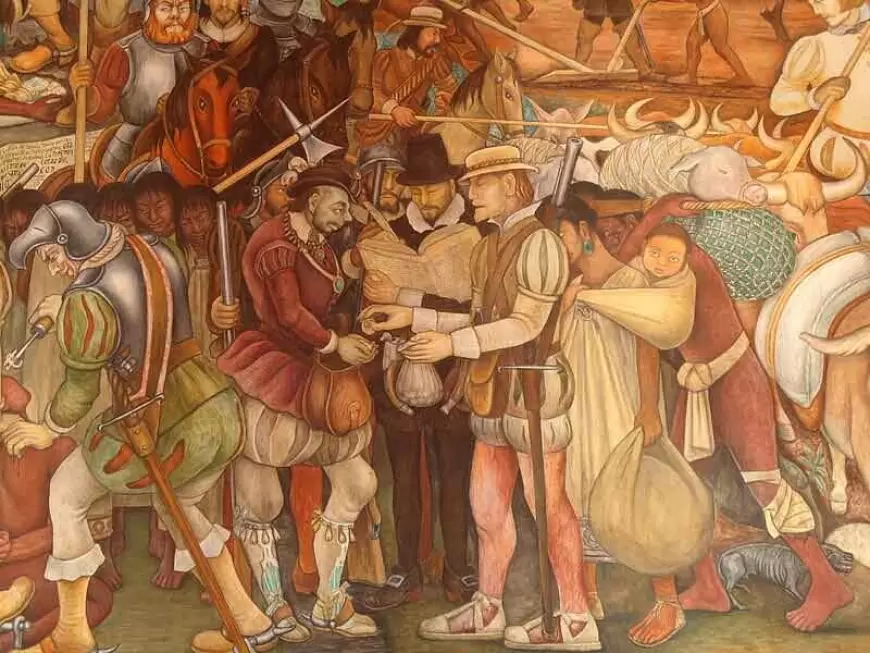
Cocoliztli was a mysterious epidemic that swept through Mexico in the mid-16th century. It is estimated to have killed 5-8 million people, or about half of the Mexican population. The cause of Cocoliztli is unknown, but it is believed to have been a viral or bacterial infection.
4. New World Smallpox
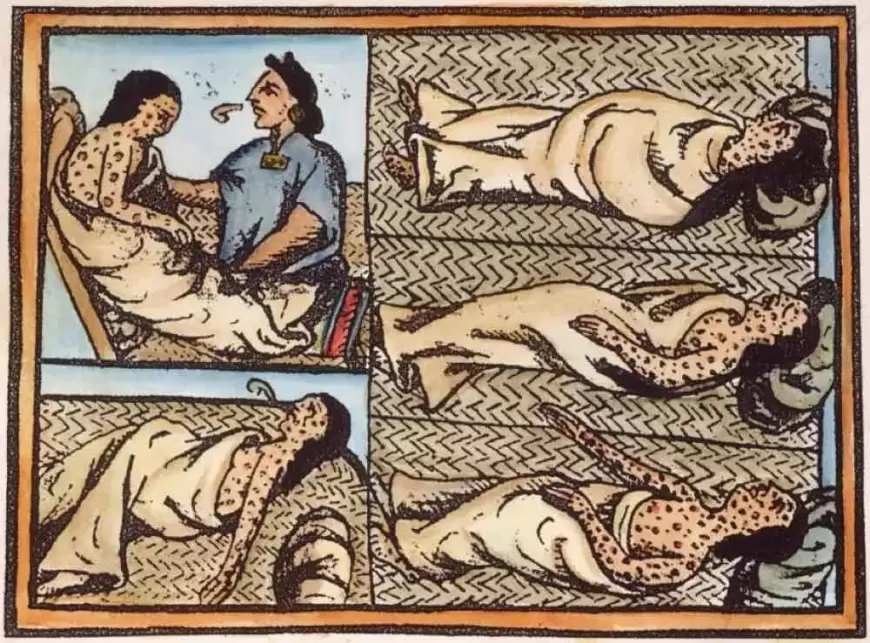
Smallpox was a devastating disease for the indigenous people of the Americas. It is estimated to have killed 25-56 million people, or about 90% of the population in some areas. Smallpox was brought to the Americas by European colonists, and it spread rapidly through the population.
5. Great Plague of London
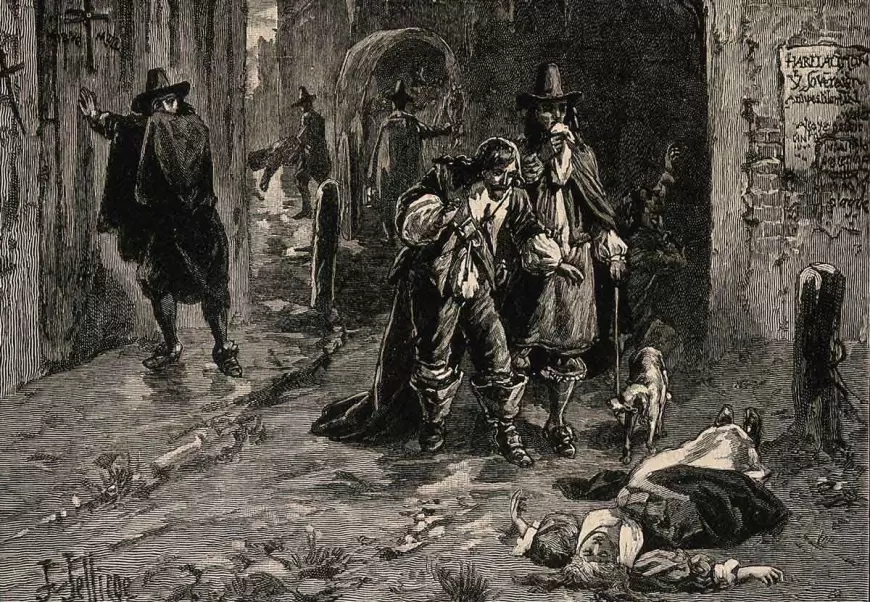
The Great Plague of London was the last major outbreak of bubonic plague in England. It killed an estimated 100,000 people. The plague led to significant changes in public health measures, such as improved sanitation and quarantine procedures.
6. Great Plague of Marseille

The Great Plague of Marseille was a major outbreak of bubonic plague that occurred in the French city of Marseille in 1720-1723. It killed an estimated 100,000 people. The plague spread to other parts of France and Europe, but it was eventually contained.
7. Russian Plague
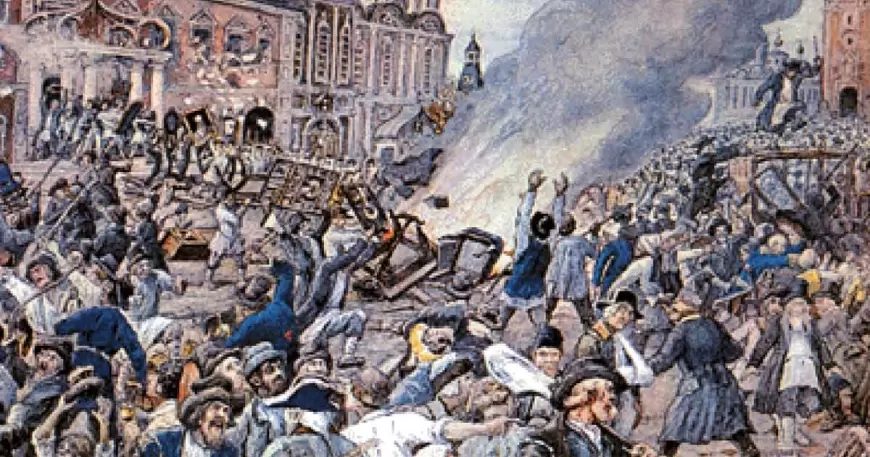
The Russian plague was a major outbreak of bubonic plague that occurred in Russia in 1770-1772. It killed an estimated 1 million people. The plague was eventually brought under control through a mass vaccination campaign.
8. 1918 flu pandemic

The 1918 flu pandemic, also known as the Spanish flu, was the deadliest influenza pandemic in human history. It is estimated to have killed 50-100 million people worldwide. The pandemic was caused by a highly virulent strain of the influenza A virus.
9. Asian flu pandemic

The Asian flu pandemic was a major outbreak of influenza A virus that occurred in 1957-1958. It is estimated to have killed 1-4 million people worldwide. The pandemic was caused by a new strain of the H2N2 virus.
10. HIV/AIDS pandemic

The HIV/AIDS pandemic is one of the deadliest in human history, with an estimated 27.2-47.8 million deaths since it began in 1981. The virus is transmitted through sexual contact, blood transfusions, and sharing needles. There is no cure for HIV/AIDS, but there are treatments that can help people with the virus live long and healthy lives.
What's Your Reaction?



























































